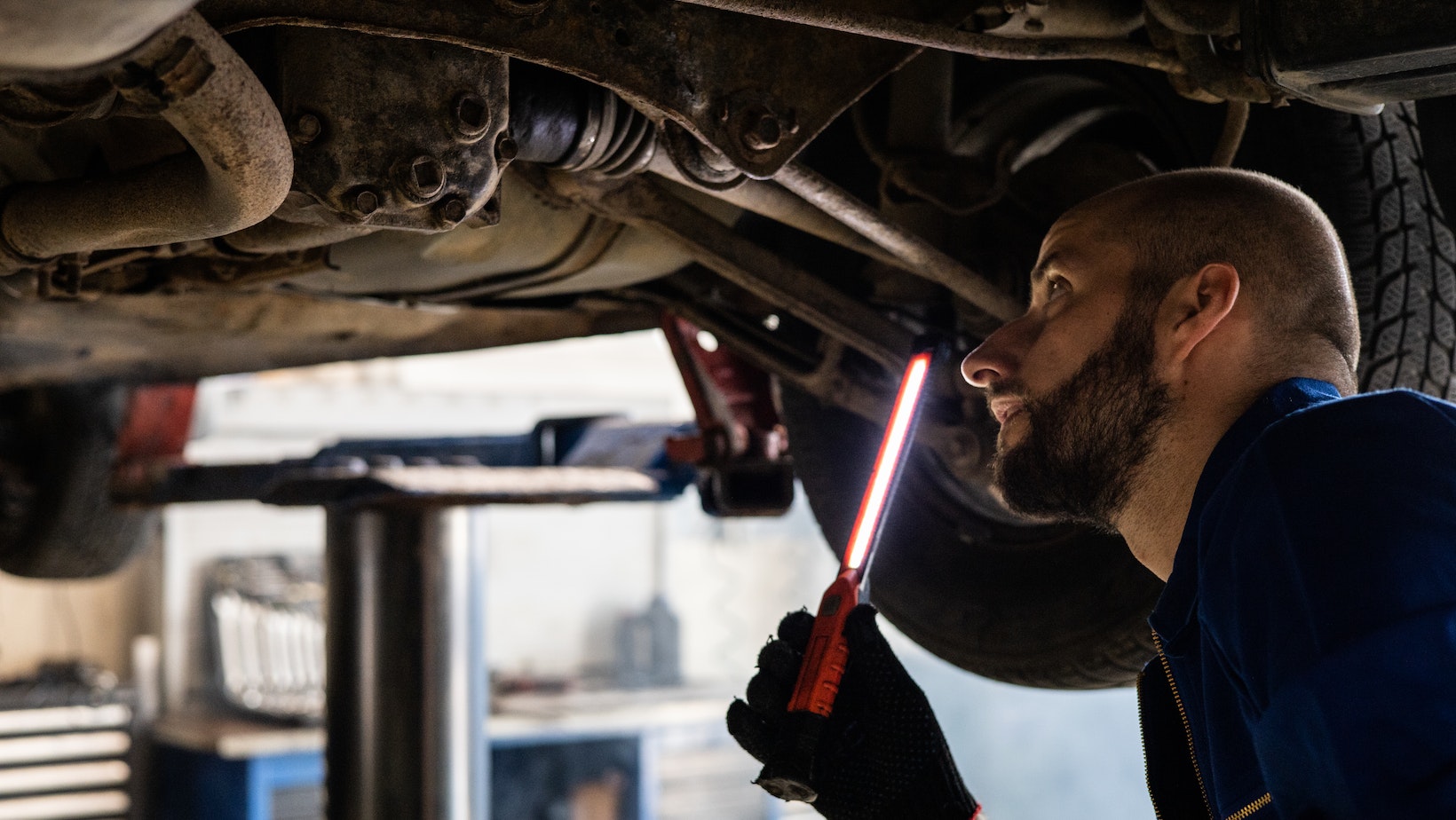Dealing with car interior water damage can be a frustrating and worrisome experience. Whether it’s due to a leaky roof, a spilled drink, or even flooding, the aftermath of water damage in your vehicle can be quite overwhelming. But fear not! In this article, I’ll share some valuable insights on how to effectively repair water damage in your car’s interior.
Car Interior Water Damage Repair
When faced with car interior water damage, the first step is to assess the extent of the problem. Inspect areas such as the seats, carpets, headliner, and electrical components for signs of moisture or mold growth. It’s crucial to address these issues promptly to prevent further damage and potential health hazards.
Once you’ve identified the affected areas, it’s time to take action. Start by drying out the interior thoroughly using absorbent materials like towels or wet-dry vacuums. If there are stubborn stains or odors left behind after drying, consider using specialized cleaning products designed for automotive interiors.
Signs of Car Interior Water Damage
Musty Odor in the Car
One of the telltale signs that your car may have interior water damage is a musty odor. If you step into your vehicle and are greeted by a damp, moldy smell, it’s likely that water has made its way into your car’s interior. This odor can be caused by moisture lingering in the upholstery or carpets, which creates an ideal environment for mildew and mold to thrive.
Wet or Damp Carpets
Another clear indication of car interior water damage is the presence of wet or damp carpets. If you notice that your feet feel soggy when stepping inside your vehicle or if there are visible water stains on the floor mats, chances are there’s water seepage somewhere. It’s important to address this issue promptly as prolonged exposure to moisture can lead to further damage, including rusting and electrical problems.
Mold and Mildew Growth
When water infiltrates your car’s interior, it creates a breeding ground for mold and mildew growth. Check for any visible signs of these fungi on surfaces such as seats, dashboard, or even headliners. Mold and mildew can not only cause unpleasant odors but also pose health risks to you and your passengers. Allergies, respiratory issues, and other health complications may arise from prolonged exposure to these microorganisms.
Taking prompt action upon detecting any signs of car interior water damage is crucial in preventing further deterioration of your vehicle. Ignoring these warning signals could potentially lead to more extensive repairs down the line.

Causes of Car Interior Water Damage
When it comes to car interior water damage, there are several potential causes that can leave you scratching your head. Understanding these causes is crucial in preventing and addressing the issue effectively. So, let’s dive into some common culprits behind car interior water damage:
- Faulty or Damaged Weather Stripping: The weather stripping around your car’s doors and windows plays a vital role in keeping water out. Over time, this rubber seal can deteriorate or become damaged, allowing rainwater to seep inside the vehicle. If you notice wet patches near the edges of your doors or windows, it may be a sign that the weather stripping needs attention.
- Leaky Sunroof or Moonroof: A leaky sunroof is another common cause of car interior water damage. Clogged drainage tubes or worn-out seals can lead to water entering the vehicle when it rains or when you run your car through a car wash. If you find dampness near the sunroof area after rainfall, it’s worth inspecting for any signs of leakage.
- Damaged Window Seals: Cracked or worn-out window seals can also contribute to water intrusion inside your car’s cabin. These seals serve as barriers against moisture and provide an airtight seal when closed properly. If they are compromised, rainwater may find its way into your vehicle during heavy downpours.
- Blocked Air Conditioning Drains: Your car’s air conditioning system has drains that help channel condensation away from the cabin. However, these drains can get clogged with debris over time, resulting in water backup and potential leaks onto your carpets and upholstery.
- Flooding Events: Unfortunately, natural disasters like heavy rainstorms or floods can wreak havoc on vehicles parked outside during such events. Excessive amounts of standing water around your car can make its way inside through various entry points like door seams and ventilation systems.
By understanding these causes and taking necessary precautions, you can minimize the risk of car interior water damage and preserve the condition of your vehicle for years to come.







































